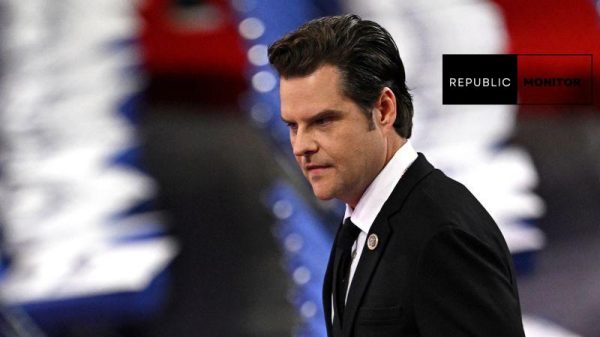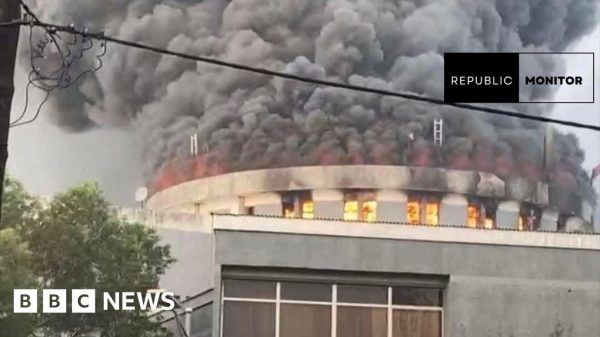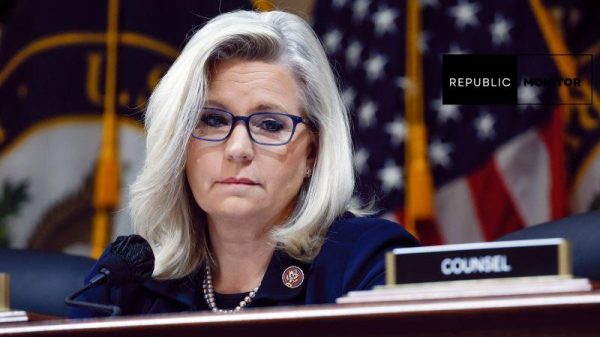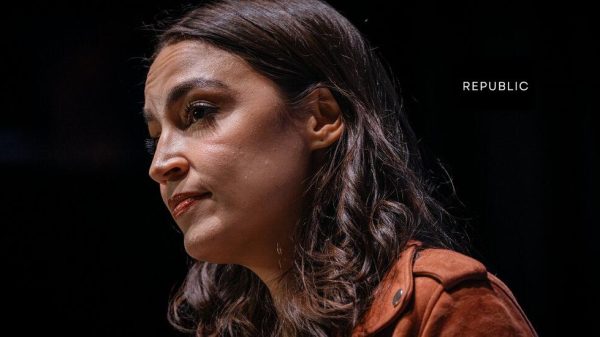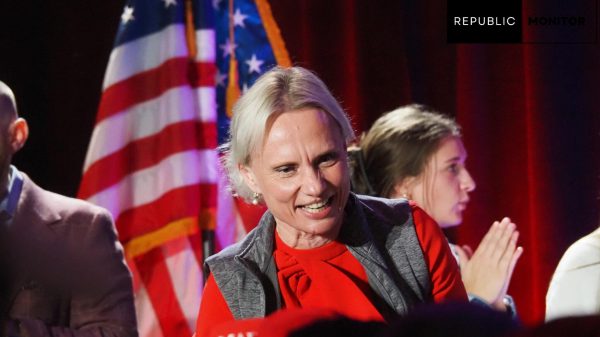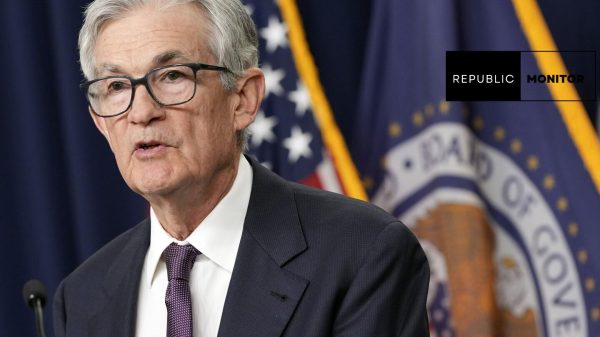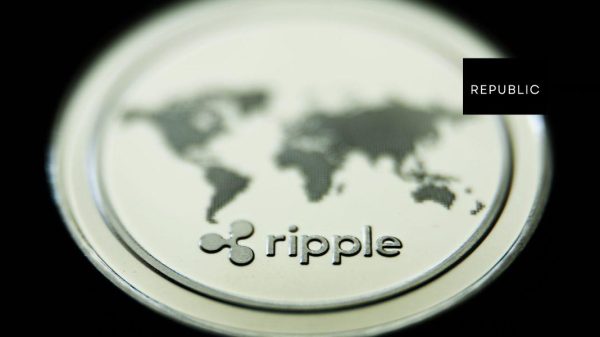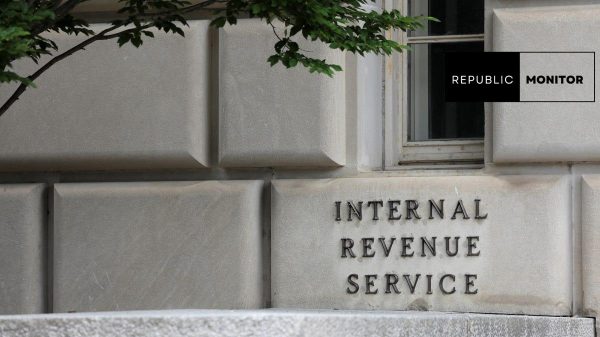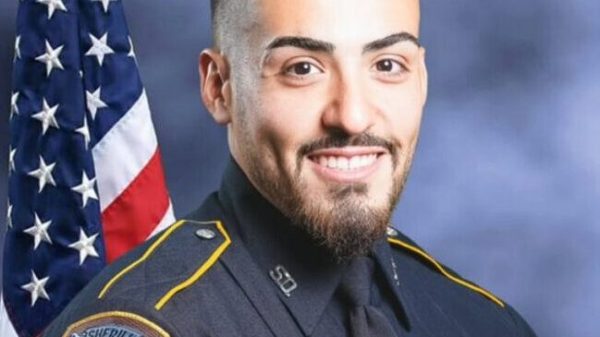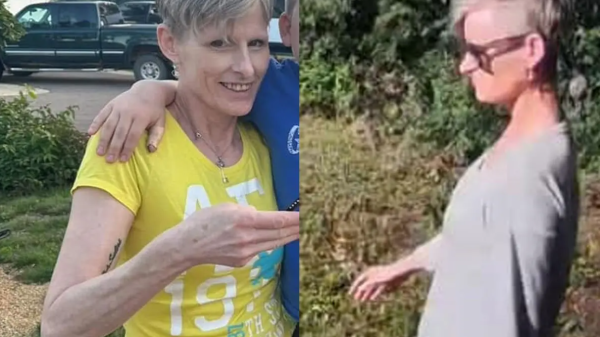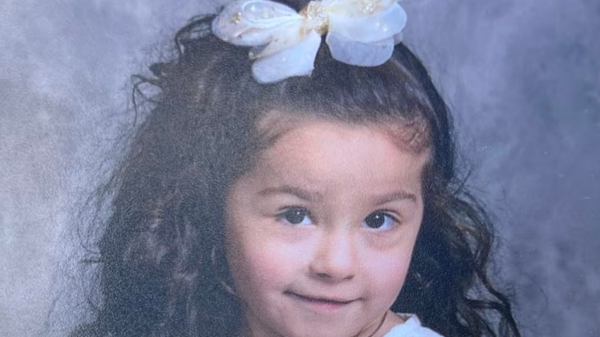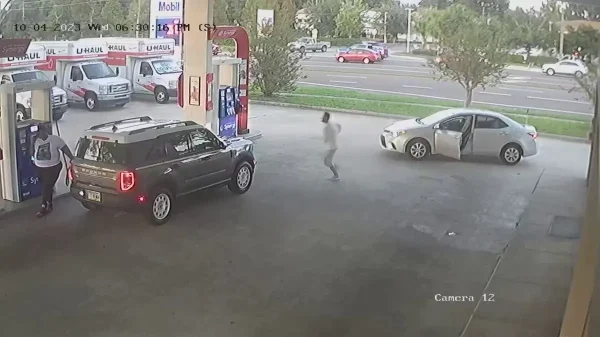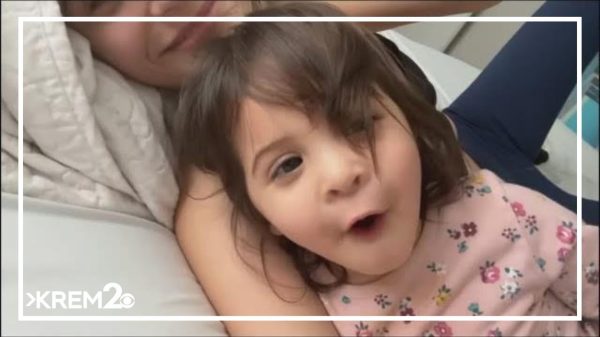In a surprising story of pardoning and recovery, Azim Khamisa, who lost his child Tariq to a 1995 shooting, has combined efforts with Tony Hicks, the one who killed him. Hicks served 24 years for the wrongdoing and presently works close by Khamisa to keep adolescents from going to savagery.
In 1995, 14-year-old Tony Hicks turned into the most youthful individual in California to be charged and sentenced as a grown-up with murder, following the lethal shooting of 20-year-old San Diego pizza deliveryman Tariq Khamisa. Today, Hicks works with his casualty’s dad, Azim Khamisa, to assist with keeping adolescents from committing comparative errors.
“Once in a while in profound injury there is a spot of clearness,” Azim Khamisa told NewsNation. “I understood that Tony was not my foe.”
Nine months after his child’s passing, Khamisa established the Tariq Khamisa Establishment, devoted to persuading youngsters to get some distance from groups, wrongdoing, and viciousness. The establishment means to teach and engage youngsters to go with positive decisions, encouraging a more secure local area.
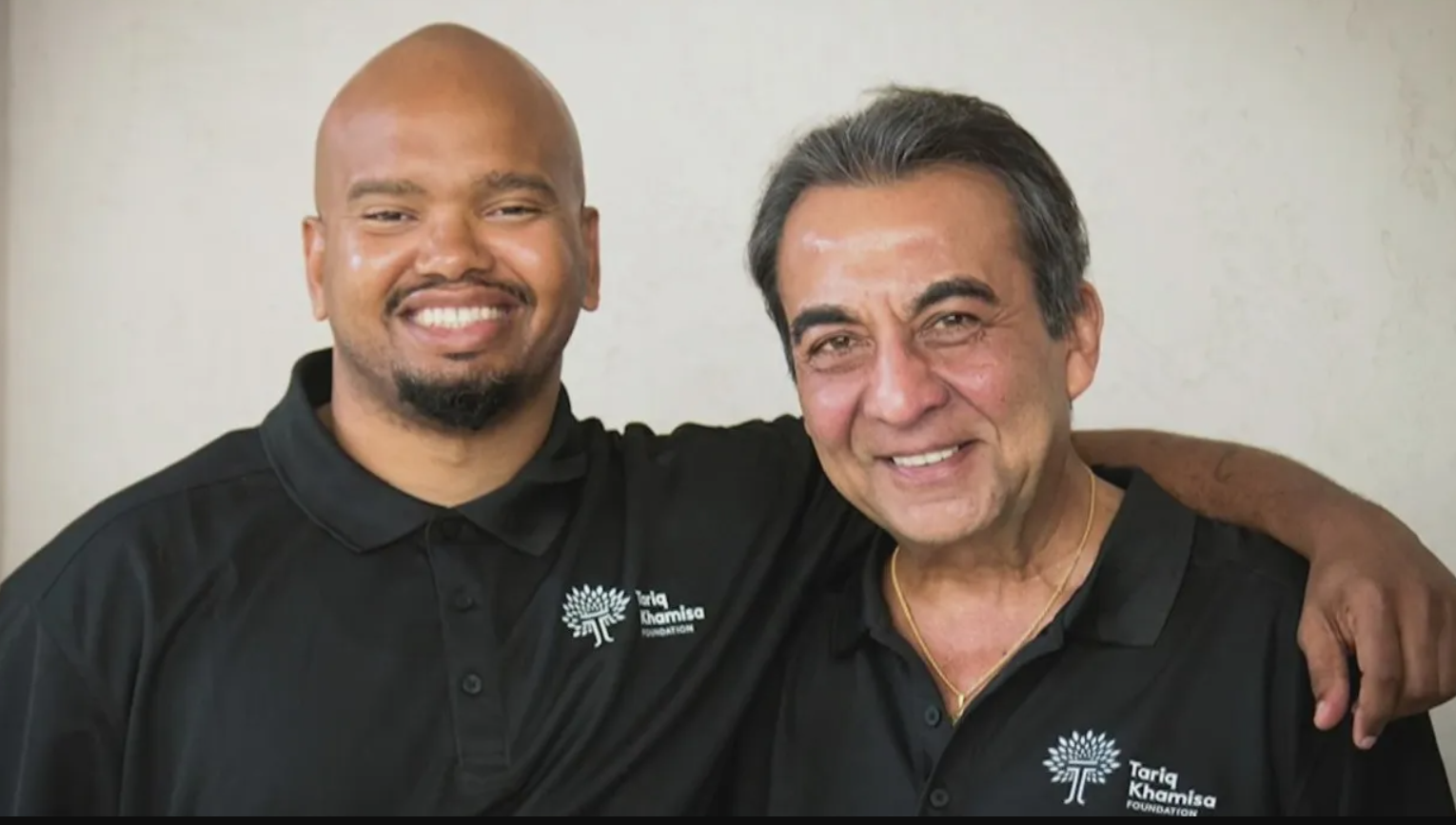
Azim Khamisa and Tony Hicks Join Forces to Prevent Youth Crime
Nine months after his child’s demise, Khamisa established the Tariq Khamisa Establishment, committed to persuading teenagers to get some distance from packs, wrongdoing, and viciousness. The establishment intends to instruct and enable youngsters to pursue positive decisions, cultivating a more secure local area.
Hicks, presently a vital individual from the establishment, shares his story to help other people stay away from the way that drove him to jail. His joint effort with Khamisa is a strong demonstration of the chance of compromise and the effect of helpful equity.
Through their joint endeavors, Khamisa and Hicks are attempting to switch the story up high schooler viciousness, offering trust and direction to those in danger. Their organization fills in as a motivating illustration of how pardoning and participation can prompt significant change.

